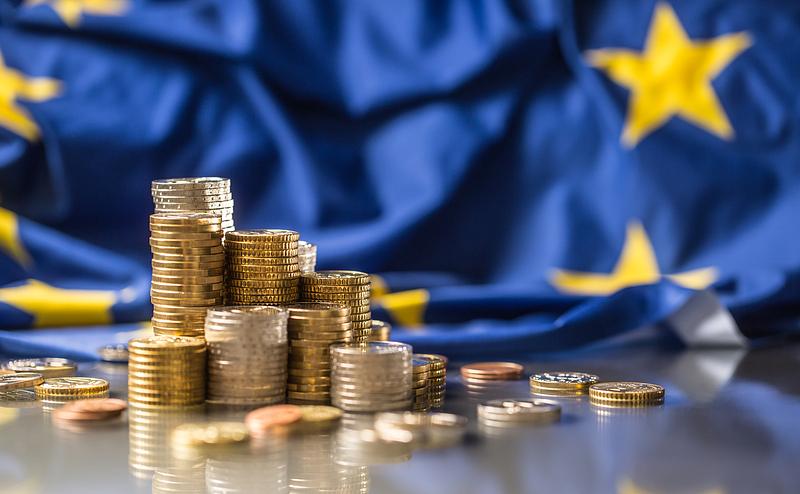Romania is second-to-last on EU funds absorption rate

Romania has absorbed only 29% of the EUR 30.9 billion structural and cohesion funds earmarked for the country under the 2014-2020 multiannual financial framework, as of February 2020.
Meanwhile, the average absorption rate in the EU was 37.7%, according to the Fiscal Council, quoted by Ziarul Financiar. Romania thus ranks second-to-last among the EU countries, after Croatia (27.1% absorption rate).
The absorption rate has remained low despite the significant share the EU funds have held in the total public investments in recent years.
Two-thirds of Romania's public investment this year was planned to be financed from the EU budget, and only one third form the national budget.
Other countries in the region have much higher absorption rates: Estonia (46.3%), Poland (43.5%), and Hungary (42.7%).
The funds earmarked under the 2014-2020 EU budget can be spent by the end of 2023. Given the slow absorption, the risk of not fully capitalizing on the opportunities provided by the EU budget is rising.
(Photo: Marian Vejcik/ Dreamstime)
editor@romania-insider.com













